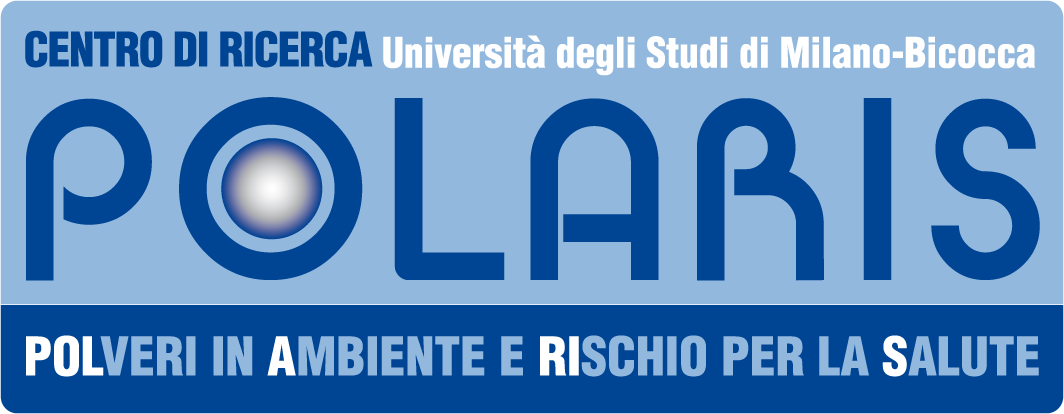Evaluation of particulate matter’s biological effects on human health (2007-2009)
The atmospheric particulate matter (PM) is a complex mixture of organic and mineral particles with size, chemical/physical composition and morphology which vary significantly over time and space. These characteristics influence the biological effects, and therefore the possible impact on human health.
The research project VESPA has evaluated the effects of fine PM (PM2.5, PM1), sampled in areas of the Lombardy Region with different human impact (urban, rural, mountain), on a biological model (the A549 human lung cell line), which is representative of the effects produced on human health. The study aims to integrate the data derived from physico-chemical characterization of PM with those produced by the analysis of the biological effects of the in vitro model, which is an internationally recognized reference model and therefore comparable with similar researches.
This innovative approach has allowed the definition of the characteristic profiles (fingerprints) of the chemical composition of PM in the selected sites for different biological impact- These were dependent on the seasons (spring, summer, autumn, winter), and associated with different parameters (cellular viability, DNA damages, reactive oxygen species). The correlation between the chemical composition and the biological response in different seasons and different sites, has allowed to define a risk threshold value of PM exposure for human health.
The project has been divided into the following phases:
I. representative sampling campaigns of air pollution caused by fine particulate matter (PM2.5 and PM1), depending on seasonal and territorial differences, considering 3 different sites of the Lombardy Region with different human impact (urban: city of Milan, semi-rural: “Oasis WWF Le Bine “, Mountain remote site: Alpe St. Columban, Sondrio);
II. chemical/physical characterization of the sampled PM and definition of the components which impact on health;
III. evaluation of toxicity of the sampled particulate matter (PM2.5 and PM 1) in the three sites during the four seasons, by tests of the assessment of cell viability, DNA damages, expression of reactive oxygen species;
IV. correlation between biological responses and PM chemical composition , for the detection of the effects derived from exposure and the development of a suitable model to evaluate the risk for health.




